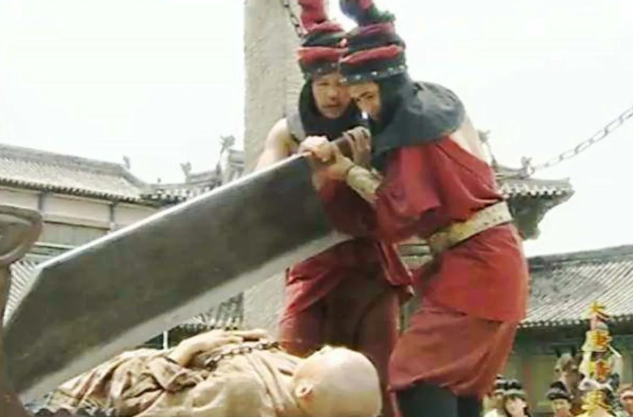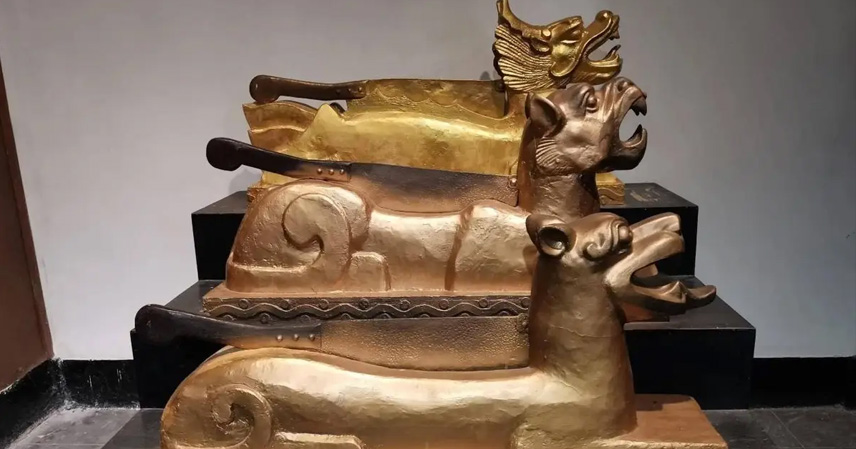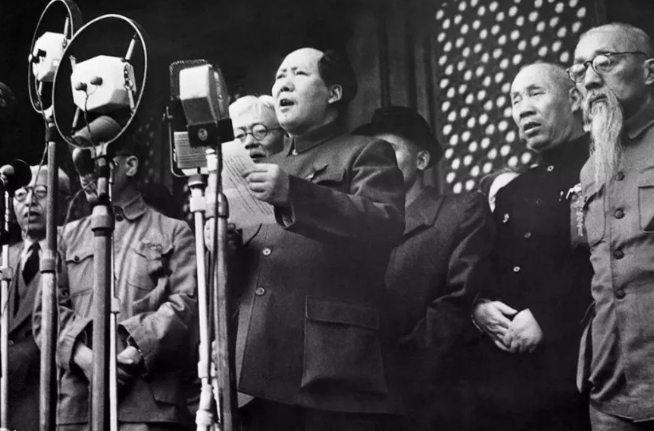The stories of Bao Gong, a legendary upright official in Chinese folklore, often mention the tiger-head guillotine, an execution device. Several historical figures in these tales, including a prince, Chen Shimei, and Bao Gong’s own nephew Bao Mian, were reportedly executed under this terrifying instrument. The condemned were placed on the device, which would slice them in half at the waist. While these tales are part of folklore and lack concrete historical verification, the punishment method itself—known as waist-chopping—is well-documented in ancient Chinese legal history.
Origins and Early Practices
During the Zhou dynasty, there were three primary forms of capital punishment: chelie (dismemberment by chariot), zhan (waist-chopping), and sha (beheading). In the Spring and Autumn and Warring States periods, waist-chopping was widely used. The execution involved placing the condemned on a wooden block, removing clothing around the waist, and using an axe to sever the body. Over time, the method evolved to include guillotine-like devices, known as zha knives or zha beds, as execution tools improved.

Historical records recount that Han Xin, a military general during the Chu-Han contention, narrowly escaped waist-chopping after violating military regulations, highlighting the perilous nature of this punishment. Other officials, such as Zhang Cang during the early Han dynasty, also faced similar near-death experiences.
Legal Enforcement Through Dynasties
The Qin dynasty, especially under Shang Yang’s legal reforms, extensively employed waist-chopping, sometimes under collective punishment policies affecting entire families or neighbors. Infamous officials such as Li Si were executed this way, with family members and associates also punished. Ancient chronicles describe Li Si being escorted to the execution site with his son, poignantly remarking on their impending fate before being split apart.
During the Han dynasty, waist-chopping was primarily reserved for treason or rebellion. Notable cases include Liu Qu Mao’s wife being implicated in witchcraft against the emperor, resulting in Liu’s execution, and Cheng Fang Sui, executed for false accusations against the crown prince. The punishment persisted sporadically in later dynasties, including the Northern Wei, Tang, Song, Liao, and Ming, with notable cases demonstrating both the severity of legal enforcement and the occasional misuse of authority.

Cultural Notes and Famous Cases
In some cases, executions were conducted publicly as warnings to others. Tang dynasty records recount General Qiu Xinggong desecrating the heart of a rebel, only to be reprimanded by Emperor Taizong, illustrating both cruelty and legal restraint debates of the time. During the Ming dynasty, the first emperor Zhu Yuanzhang frequently employed waist-chopping to enforce imperial authority.
Even in modern revolutionary history, waist-chopping did not vanish entirely. Reports suggest that in the early 20th century, reactionary forces occasionally used this ancient method against Communist revolutionaries, such as the hero Liu Hulan, who perished under a guillotine reminiscent of the traditional zha.
Legacy
While no longer practiced today, waist-chopping represents one of the harshest forms of capital punishment in Chinese history. Its use highlights both the evolution of Chinese legal systems and the lengths to which authorities went to maintain power and enforce social order.
References:
- Records of the Grand Historian (Shiji) by Sima Qian
- Tang and Ming dynasty legal texts
- Folklore accounts of Bao Gong and Tiger-Head Guillotine



